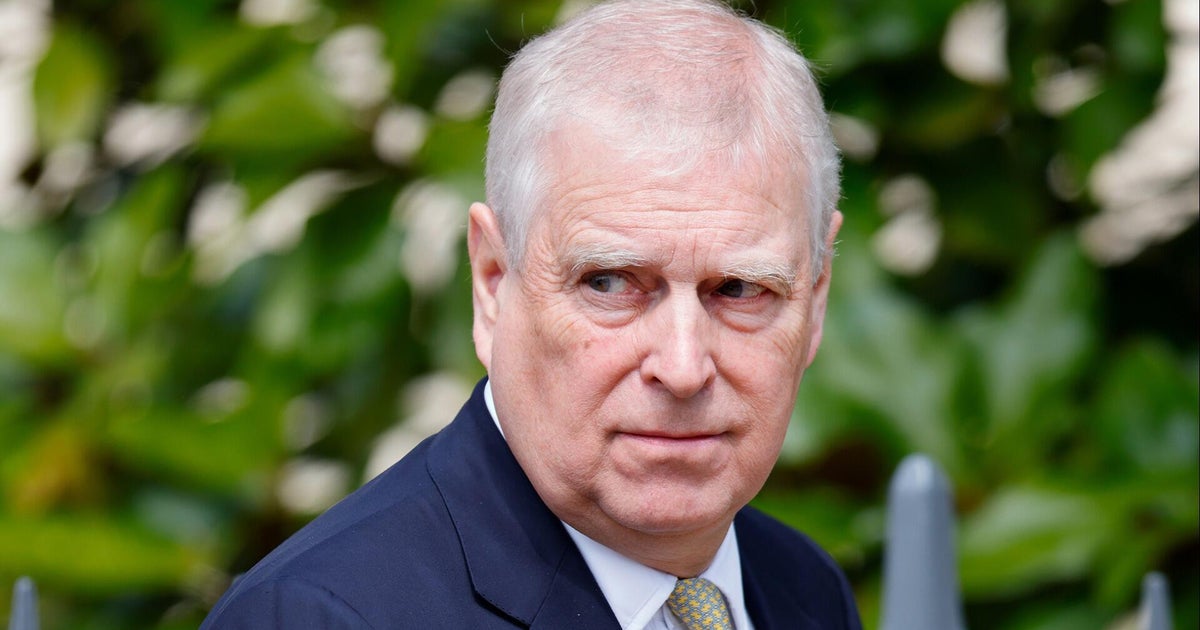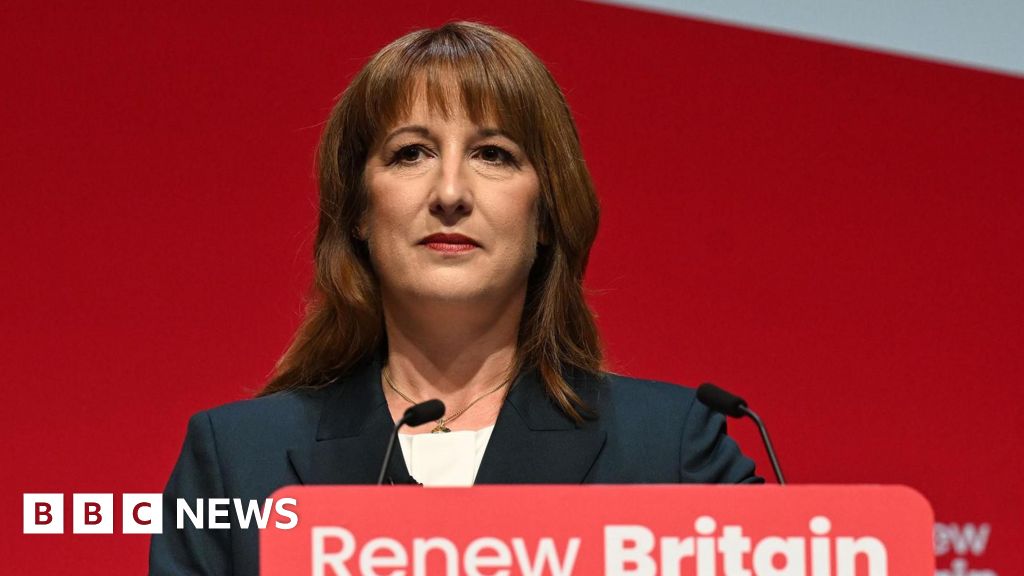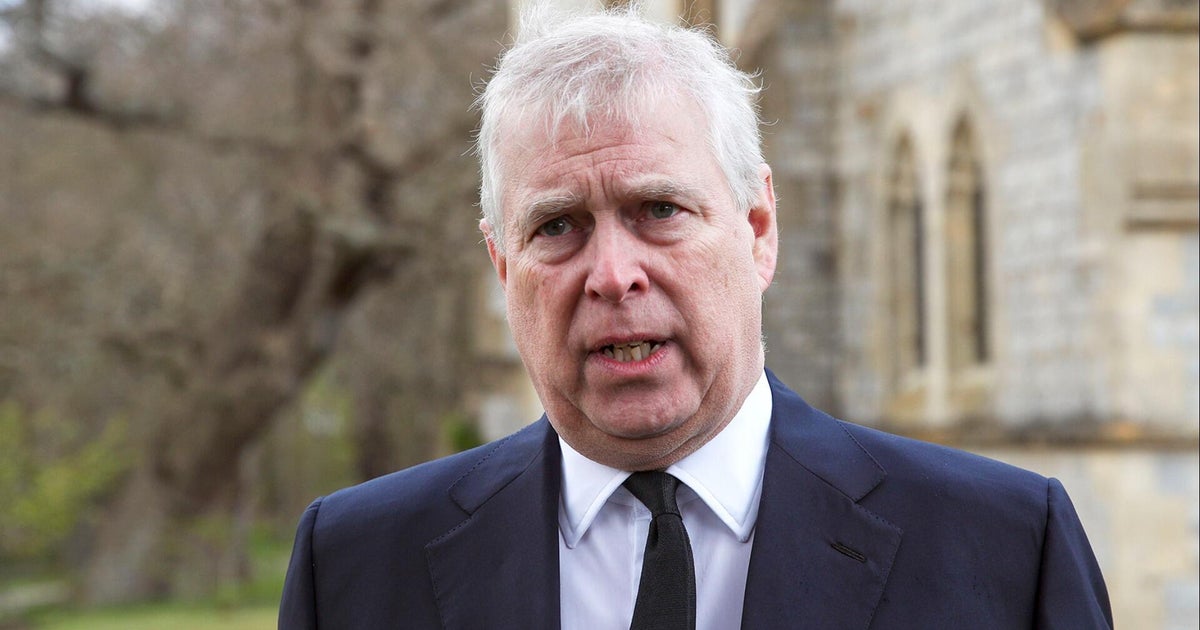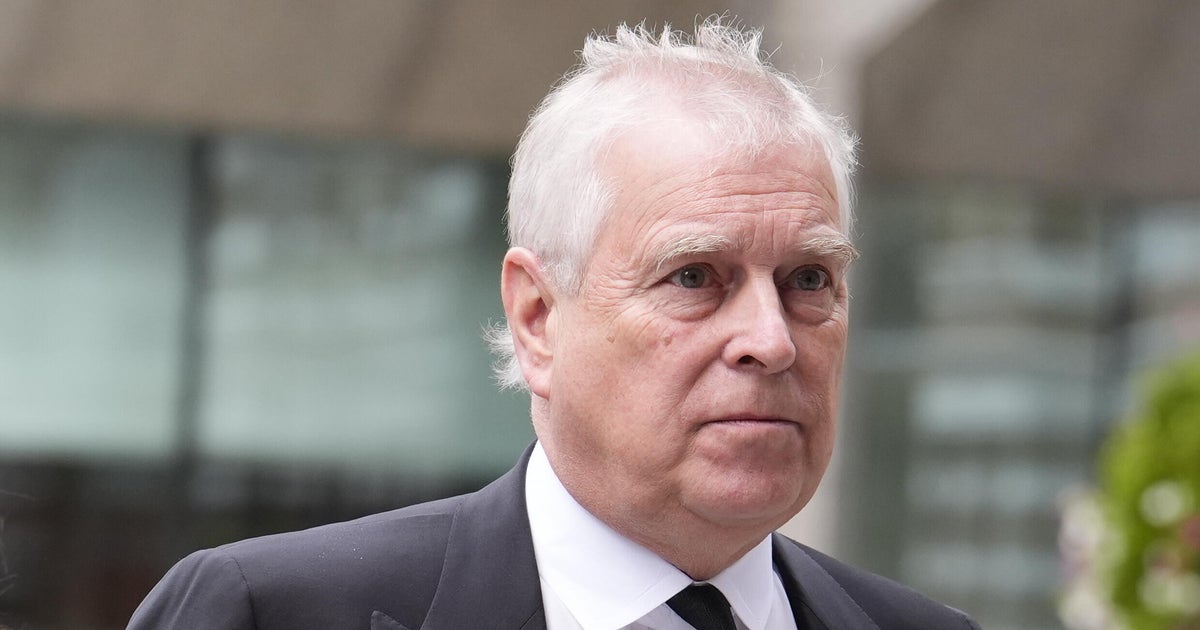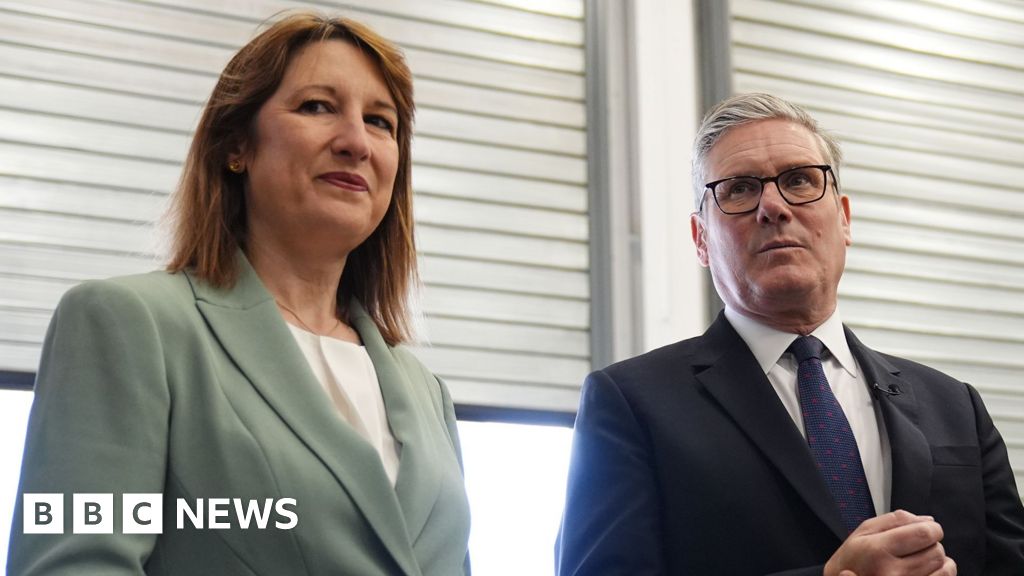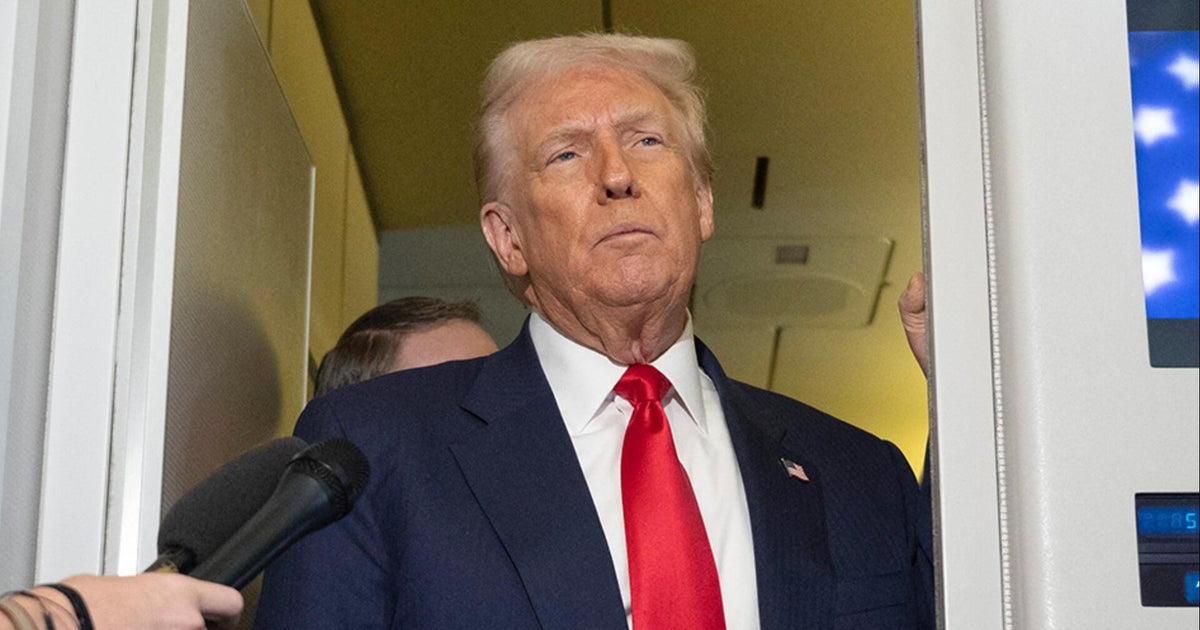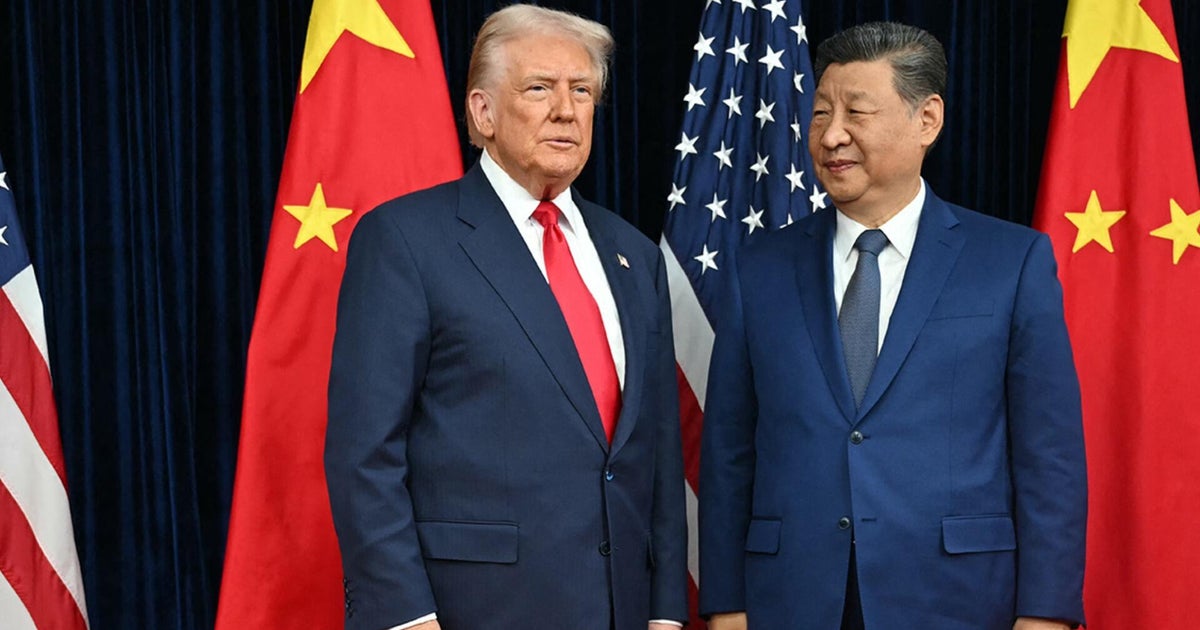Canva has launched what it calls the world’s first foundational AI model trained specifically to understand design, marking the Australian tech giant’s biggest evolution yet as it prepares for a blockbuster sharemarket listing within the next two years.
The company on Thursday night unveiled its Creative Operating System, bringing together over a decade of product development with new AI capabilities centred around the proprietary Canva Design Model - a foundational system trained to comprehend design logic, orchestrate layouts and generate fully editable content in seconds.
The development comes as Canva marches towards an initial public offering which is expected to make instant millionaires of some of its 5500 employees.

Canva co-founder Cliff Obrecht said the model represented years of investment in AI research and design knowledge.Credit: Sitthixay Ditthavong
“We could certainly go out tomorrow if we wanted to,” Canva co-founder Cliff Obrecht said of his company’s IPO readiness. “From an operational perspective, we have been running like a public company for years now.”
Canva achieved a staggering $US65 billion ($98 billion) valuation in an employee share sale in August – up from $US42 billion this year – making it more valuable than corporate heavyweights such as Telstra, Woodside Energy and Woolworths. The company serves 260 million monthly active users globally and generates $US3.5 billion in annualised revenue, with 95 per cent of Fortune 500 companies using its platform.
At the heart of the Creative Operating System sits the Canva Design Model, which the company describes as a breakthrough in applying AI specifically to design challenges. Unlike general-purpose AI models from OpenAI or Anthropic that can generate images but lack design-specific reasoning, Canva’s model is trained on design systems, layouts, brand guidelines and visual workflows.

Canva’s Video 2.0 product in action.
The move underscores Canva’s determination to compete on AI innovation rather than simply licensing technology from giants such as OpenAI and Google.
Obrecht said the foundational model represented years of investment in AI research and design knowledge.
Loading
“We’re all about creating workhorses, not gimmicks,” he said during a product demonstration. “AI is just accelerating [our mission] massively, making it quicker, faster and better for customers to achieve their goals.
“We knew if we could crack that nut, that would be a huge advantage for us. That’s where we needed to be, and that’s where we could compete because we’ve got the data, we’ve got all the templates, we’ve got the capabilities.”
Since launching its Magic Studio AI tools in 2023, Canva users have used AI features more than 20 billion times, Obrecht said, making it one of the fastest-growing AI platforms globally. Its AI tools have saved marketers an average of four hours per week. More importantly for investors, they’re converting free users to paid subscribers, with average contract values jumping 66 per cent in 2025.
The Creative Operating System launch introduces significant upgrades across Canva’s Visual Suite, including Video 2.0, a reimagined video editor built from scratch in which users can generate polished video content from a single prompt. Email Design, one of Canva’s most requested products, allows teams to create, customise and export fully branded marketing emails as HTML files without coding.
Canva also announced that Affinity, the professional design tool suite it acquired for desktop designers, will be free forever. The move directly challenges Adobe’s dominance in professional creative software, for which users typically pay $500 or more annually.
“This is us really disrupting the professional design market,” Obrecht said. “Why should professional designers be missing out on our mission to empower the world to design?”

Canva co-founders Cliff Obrecht and Melanie Perkins, pictured with fellow co-founder Cameron Adams.Credit: Canva
The company is also launching Canva Grow, an end-to-end marketing platform that brings creation, publishing and performance tracking together in one place. Marketing teams can now design and launch ads across platforms such as Meta, track insights in real time and refine content based on performance metrics.
“We really expect that to be a multibillion-dollar business within five years,” Obrecht said of Canva Grow, noting the company was “trying to do invest a lot more in less” to maximise impact across the platform.

Canva’s chief financial officer Kelly Steckelberg.Credit: Kelly Steckelberg
Canva hired Kelly Steckelberg, who helped take Zoom public in 2019, as chief financial officer in November 2024, a widely viewed signal that the company is preparing for its market debut. Obrecht confirmed that the IPO will “probably” happen on the Nasdaq rather than the Australian Securities Exchange, following the path of fellow Australian tech giant Atlassian.
“Our recent secondary [funding round] was bigger than a lot of the recent IPOs,” Obrecht noted. “From an investor perspective, we’ve got all the top investors that invest through IPOs, and they have been our investors the last few years.”
Industry analysts suggest Canva could achieve valuations between $US40 billion and $US200 billion at its IPO, depending on market conditions and the revenue multiple assigned by investors.
For all the momentum, questions remain. The company claims eight years of profitability, yet Australian corporate filings show a $US222 million statutory loss in 2022. Canva counters that it’s “cash flow positive” using its own metrics - the kind of accounting gymnastics that invite IPO scrutiny. Competition is also intensifying: Figma’s recent Config 2025 launch introduced Buzz, a marketing tool directly targeting Canva’s core market, while Adobe’s Firefly AI generated $US250 million in the quarter that ended August, proving the incumbent can still innovate.
Despite its ambitious growth plans, Canva has notably slowed its headcount expansion, with the workforce growing to about 5500 people - a deceleration from previous years. “That’s the byproduct of us getting a lot more efficient and employees being powered with AI to do more,” Obrecht said.
With its Creative Operating System, foundational design model and expanding suite of AI-powered tools, Canva is positioning itself not just as a design platform but as the operating system for modern creative work.
It’s a bold repositioning that could justify premium valuations when Canva makes its public market debut.
“We really do believe we’re just 1 per cent of the way there,” Obrecht said. “The best is yet to come.”
The Business Briefing newsletter delivers major stories, exclusive coverage and expert opinion. Sign up to get it every weekday morning.
Most Viewed in Technology
Loading




